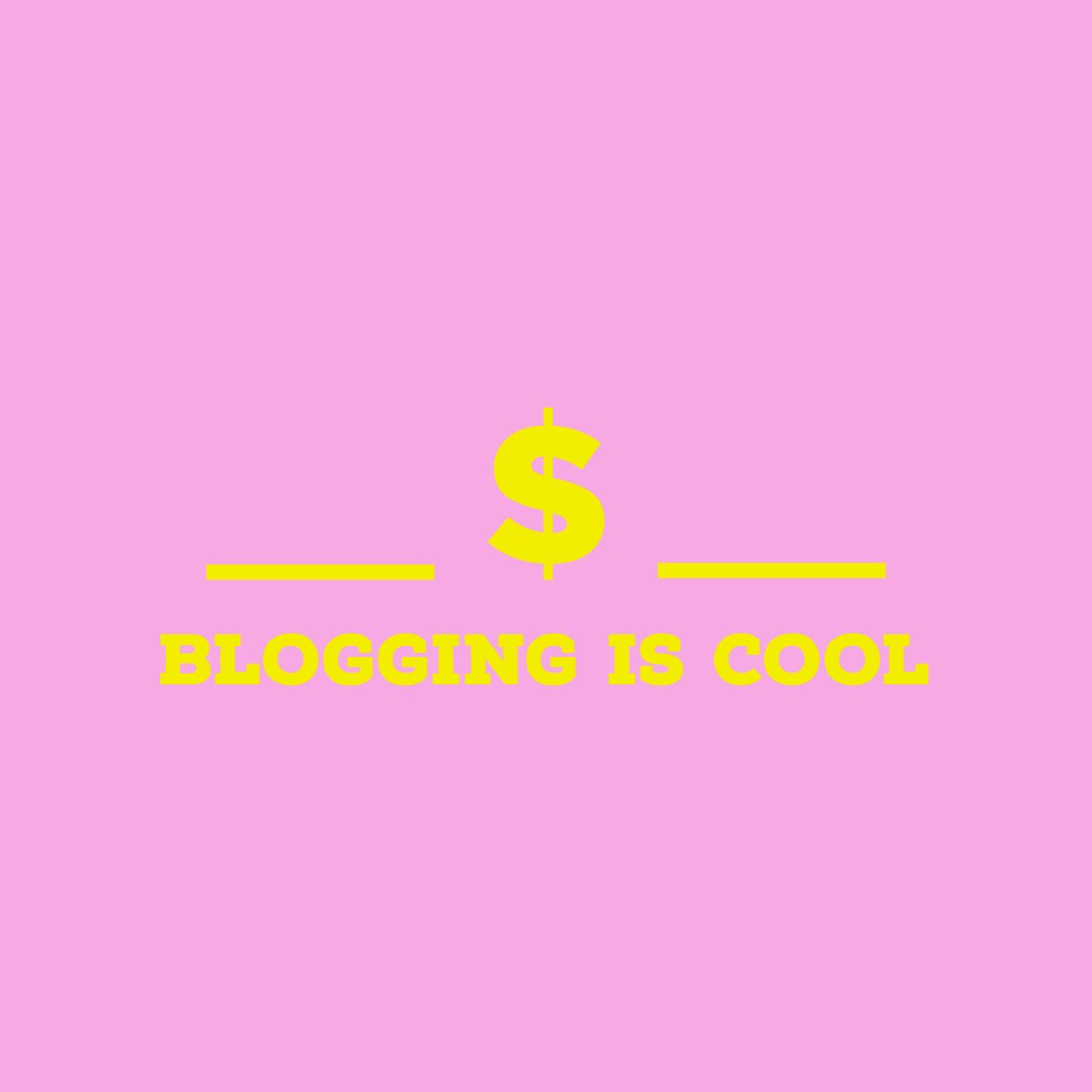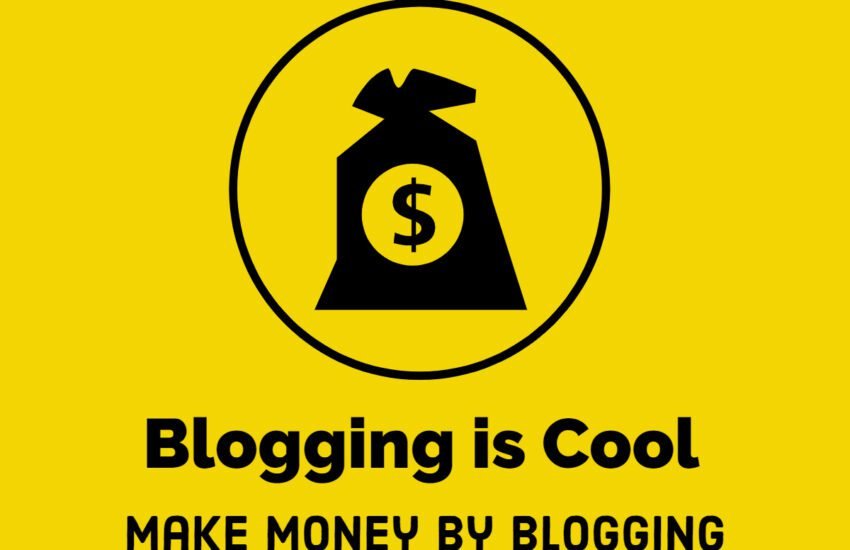20 Places where one can get Stock Images for Blogging
The Use of Stock Images
When it comes to creating engaging and visually appealing blog posts, the use of images can play a crucial role.
Images not only break up the text and make it more visually appealing, but they also help convey the message and emotions you want to evoke in your readers.
However, the question arises: should you use stock images on your blog?
What are Stock Images?
Stock images are professional photographs or illustrations that are available for licensing.
They are created by photographers, graphic designers, or artists and are made available for use by others for a fee or sometimes even for free. They cover a wide range of subjects and can be found on various stock photography websites.
The Pros of Using Stock Images
Convenience:
One of the biggest advantages of using stock images is the convenience they offer. They are readily available, and you can easily find images that match the theme or topic of your blog post. This saves you time and effort in creating or sourcing your own images.
Professional Quality:
Stock images are often created by professional photographers and designers, ensuring high-quality visuals for your blog. This can enhance the overall look and feel of your blog and make it more visually appealing to your readers.
Variety:
Stock image libraries offer a vast range of images on different subjects, styles, and moods. This allows you to find the perfect image that complements your content and helps convey your message effectively.
Cost-Effective:
While some stock images may require a fee, there are also many websites that offer free stock images for commercial use. This makes it a cost-effective option, especially for bloggers who may not have the budget to hire professional photographers or purchase expensive equipment.
The Cons of Using Stock Images
Lack of Originality:
One of the main drawbacks of using stock images is the lack of originality. Since stock images are available to anyone, it’s possible that the same image could be used by multiple bloggers or websites. This can dilute the uniqueness of your blog and make it less memorable for your readers.
Inauthenticity:
Stock images can sometimes feel generic or staged, lacking the authenticity that comes with using original or personalized visuals. If your blog aims to create a more personal connection with your audience, using stock images may not align with your brand or message.
Misrepresentation:
It’s important to choose stock images that accurately represent the content and message of your blog post. Using images that are unrelated or misleading can confuse your readers and undermine the credibility of your blog.
Overuse:
Another risk of using stock images is overusing them. If every blog post on your website features the same stock images, it can give a repetitive and unoriginal impression. It’s important to diversify your visuals and mix in original images whenever possible to keep your blog fresh and engaging.
20 Places where one can get Stock Images
The following are 20 places where you can find stock images, along with brief descriptions of their requirements and links to the sites:
1. Unsplash
– Requirements: Free to use for personal and commercial projects. No attribution required, but appreciated.
– Website: [Unsplash](https://unsplash.com/)
2. Pexels
– Requirements: Free for personal and commercial use. No attribution required.
– Website: [Pexels](https://www.pexels.com/)
3. Pixabay
– Requirements: Free for personal and commercial use. No attribution required.
– Website: [Pixabay](https://pixabay.com/)
4. StockSnap.io
– Requirements: Free for personal and commercial use. No attribution required.
– Website: [StockSnap.io](https://stocksnap.io/)
5. Freepik
– Requirements: Free for personal and commercial use with attribution.
– Website: [Freepik](https://www.freepik.com/)
6. Adobe Stock
– Requirements: Paid subscription. Different licensing options available depending on usage.
– Website: [Adobe Stock](https://stock.adobe.com/)
7. Shutterstock
– Requirements: Paid subscription. Various licensing options available.
– Website: [Shutterstock](https://www.shutterstock.com/)
8. Getty Images
– Requirements: Paid subscription. Various licensing options available.
– Website: [Getty Images](https://www.gettyimages.com/)
9. Depositphotos
– Requirements: Paid subscription. Various licensing options available.
– Website: [Depositphotos](https://depositphotos.com/)
10. iStock
– Requirements: Paid subscription. Various licensing options available.
– Website: [iStock](https://www.istockphoto.com/)
11. 123RF
– Requirements: Paid subscription. Various licensing options available.
– Website: [123RF](https://www.123rf.com/)
12. Canva Pro
– Requirements: Paid subscription. Access to Canva’s extensive library of images.
– Website: [Canva Pro](https://www.canva.com/pro/)
13. Dreamstime
– Requirements: Paid subscription. Various licensing options available.
– Website: [Dreamstime](https://www.dreamstime.com/)
14. Bigstock
– Requirements: Paid subscription. Various licensing options available.
– Website: [Bigstock](https://www.bigstockphoto.com/)
15. Adobe Spark
– Requirements: Free for personal use. Paid subscription for commercial use.
– Website: [Adobe Spark](https://spark.adobe.com/)
16. Reshot
– Requirements: Free for personal and commercial use. No attribution required.
– Website: [Reshot](https://www.reshot.com/)
17. Burst by Shopify
– Requirements: Free for personal and commercial use. No attribution required.
– Website: [Burst by Shopify](https://burst.shopify.com/)
18. Flickr Creative Commons
– Requirements: Free for personal and commercial use with proper attribution.
– Website: [Flickr Creative Commons](https://www.flickr.com/creativecommons/)
19. Wikimedia Commons
– Requirements: Free for personal and commercial use with proper attribution.
– Website: [Wikimedia Commons](https://commons.wikimedia.org/)
20. Gratisography
– Requirements: Free for personal and commercial use. No attribution required.
– Website: [Gratisography](https://gratisography.com/)
Remember to review the specific licensing terms and conditions for each platform before using the images for your project.
Conclusion
Using stock images on your blog can be a convenient and cost-effective way to enhance the visual appeal of your content. They provide professional quality visuals and a wide variety of options to choose from.
However, it’s important to be mindful of the potential drawbacks such as lack of originality, inauthenticity, misrepresentation, and overuse.
Finding a balance between stock images and original visuals can help you create a unique and engaging blog that resonates with your audience.
Ultimately, the decision to use stock images on your blog depends on your specific goals, brand, and target audience.
Consider the pros and cons outlined above and choose the approach that aligns best with your overall blogging strategy.


